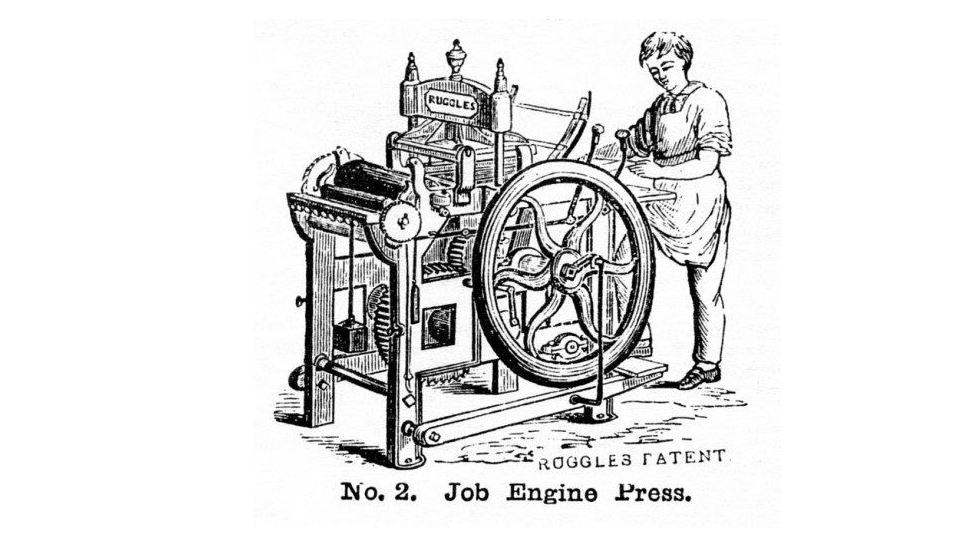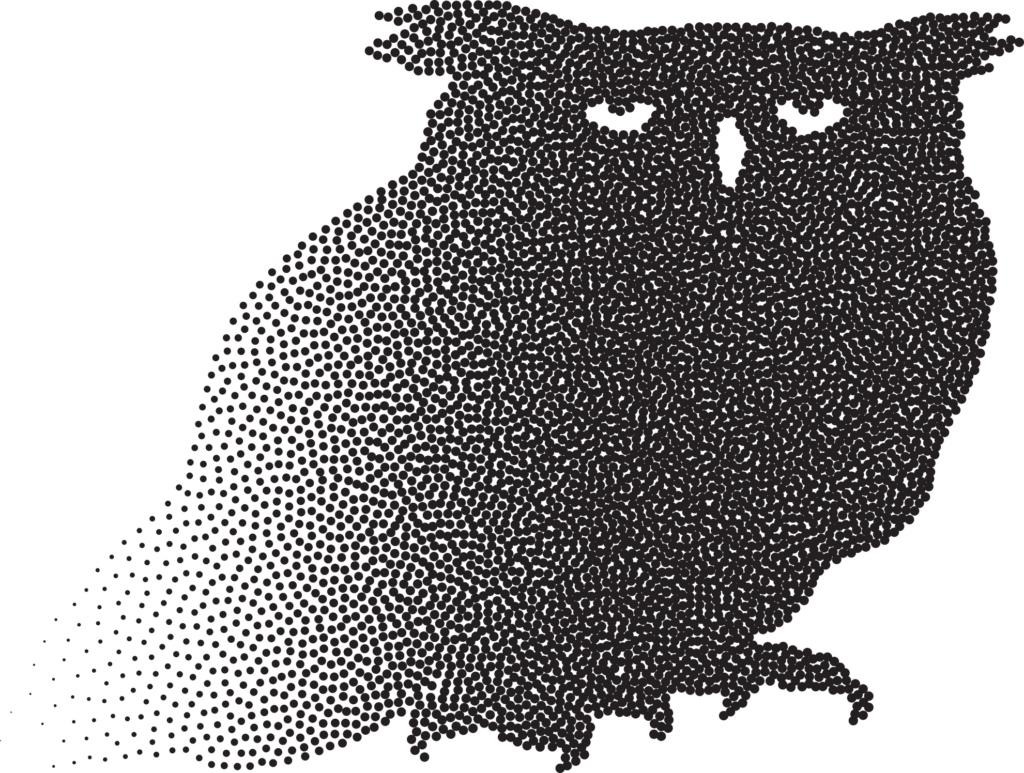From Heyday to Hedge Funds
- By D.E. BENTLEY, Editor Owl Light News –

I have been reading Newspaper Days: 1899-1906 by H.L. Mencken, a book as much—perhaps more—about the lifeblood of a city as about the lifetime of a reporter. Accelerated by political partisanship at the turn of the 20th century and increased print capabilities in the mid 1800’s, by the time Mencken stepped foot in a newsroom, newspapers were profitable and powerful—dictating and controlling the opinions of the day.
Fast forward to today: Tribune Publishing—publisher of nine daily newspapers including The Chicago Tribune and The Daily News—is transferring control to Alden Global Capital, a hedge fund. (Thankfully, the Baltimore Sun will not be a part of the merger and will, instead, become part of a nonprofit.) This financial move follows on the heels of the acquisition of Gannett (the nation’s largest newspaper chain) by GateHouse Media (controlled, as well, by investment groups) in 2019.
With the decline of newspapers (both print and digital), these hedge fund companies are able to buy cheap and, through the slashing of newsroom and editorial staff (along with other cost-cutting measures), turn a liability into a profit—albeit at the expense of journalistic integrity in many cases. These cuts are felt at the community level, even with newspapers not owned by these “media” monopolies. Case in point: In 2019, GateHouse Media dissolved it’s tabloid print facility in Canandaigua, NY (displacing all of the local workers), which had, up to that point, offered print services to many smaller, community newspapers—among the newspapers impacted was Owl Light News, which Canadice Press publishes and I serve as the editor of.
As a result of that move, some small newspapers simply closed down for good. Others continued on—committed to contributors and their community of readers—making changes, evolving and adapting in their attempts to remain in print and relevant. Owl Light News was able to find a trustworthy local printer (Wayuga Press in Red Creek, NY, a family owned business that publishes the Lakeshore News and the Wayuga Shopper). We also made some other changes in response to this move as well as to the impacts of COVID-19. These included changing from an advertiser-supported to a reader-supported publication model—by going to subscription-only—and increasing our online digital presence.
Which brings us full circle to this most recent media takeover and the future of newspapers. The question is not just can we survive, but whether we (newspapers) can remain at all relevant to the readers we depend on for our very survival. Can and should we preserve newspapers (and magazines and books for that matter) and, if so, how do we achieve that objective in light of lightning-speed financial and social changes inherent in our societal structure (including the proliferation of social media as a popular, albeit fractured, source for information). It is evident that I believe fully in the need to safeguard print and the independence of media institutions, but it is less clear to me what this is worth to readers (or if there are readers: at one point I approached a group of young people asking if they were readers and the resounding and unanimous response was “NO! Nonetheless, several from the group took and started to read our publication when offered it.)
I love reading in print. I love that print is substantive and can be passed from person to person—my copy of Newspaper Days was published in 1940 and is a library discard passed to me by a friend). (That it was discarded, despite being in sound, readable condition, speaks to another issue related to print, which I should speak to at some point, as current methods of rotation and discard in these valuable public spaces profoundly impacts who and what is read.)
I am not (despite what some of my friends may believe given my habits for daily living) a Neo-Luddite. I understand that change is inevitable and that life cycles (for individuals and spanning generations) lead inevitably to new ways of being. It is that I believe that print media and newspapers should be part of that forward movement, as a way of safeguarding free speech and informing our lives. As mainstream newspapers across the country decrease in size and importance—with the ghostly spirits of reporters floating amongst the skeletal remains of newsroom survivors—perhaps it will be the smaller, independent papers that will feel the pulse as H.L Mencken did back in newspapers’ heyday.

We are now subscription-only;
click the owl and subscribe today!
2 thoughts on “From Heyday to Hedge Funds”
Comments are closed.
This is so true and scary. I have been suspicious of news sources for a very long time. I have a habit of checking backgrounds of journalists and sources and more often than not in the past decade have found glaring errors and even worse, deliberate twisting of the truth.
We do need truthful reporting and responsible readers as well.
News sources are being erased, gradually. Some like the Washington Post and NYTs still manage to create a profitable product that allows them to do investigative reporting, but the challenges grow. Some are going non profit; some cooperative.